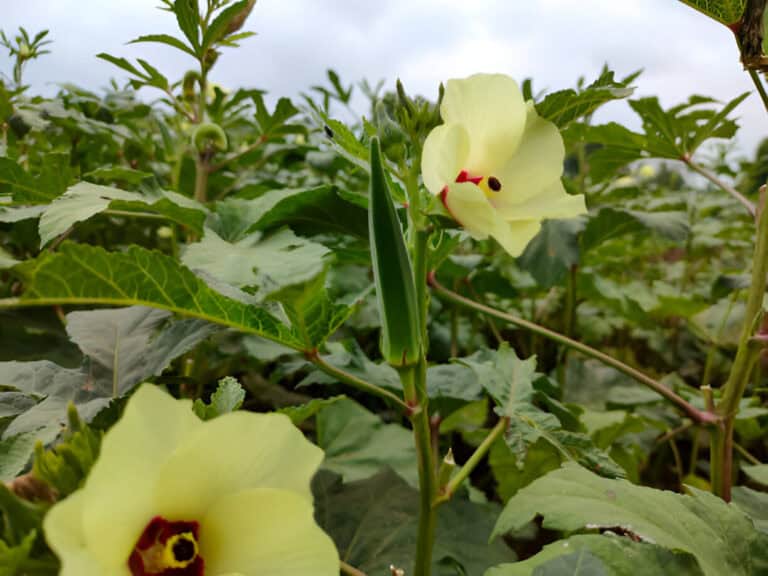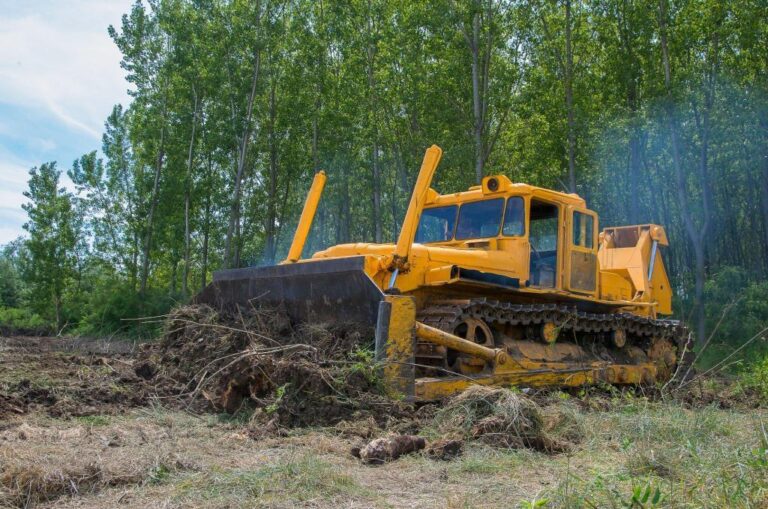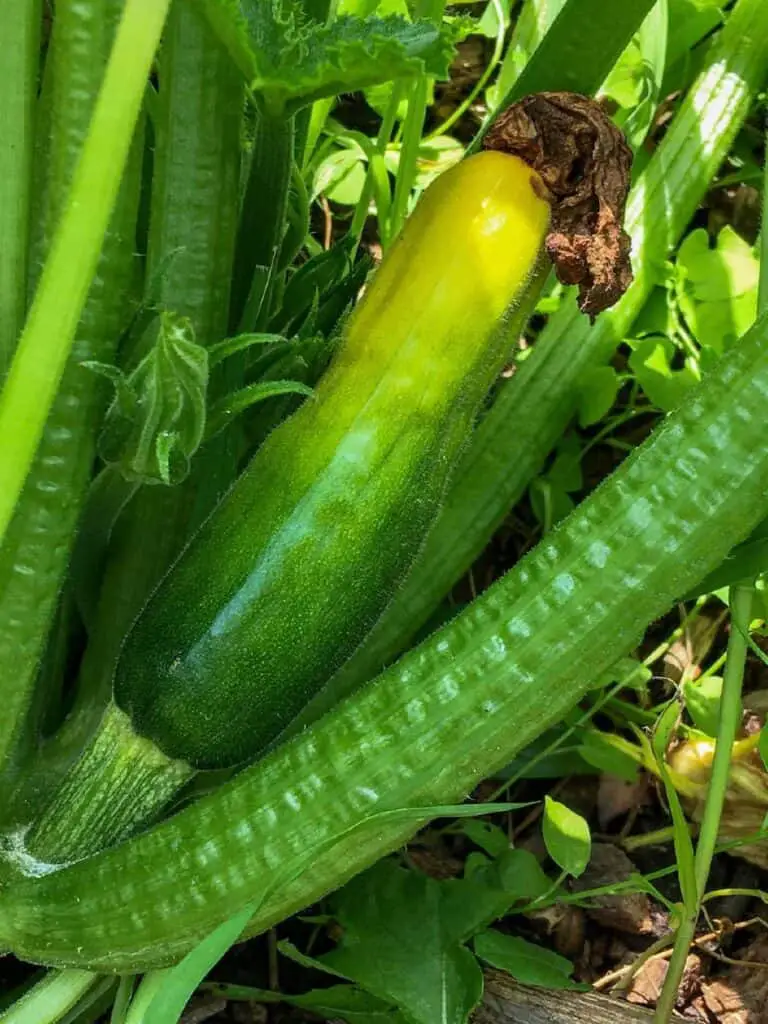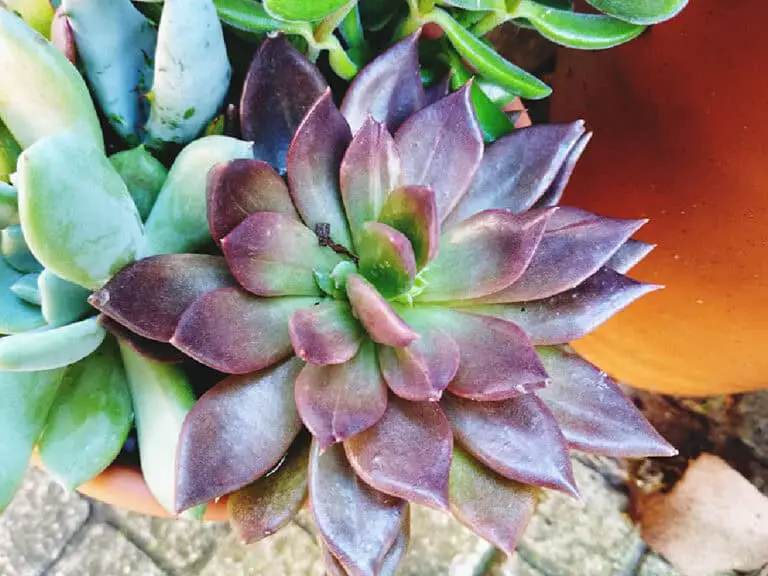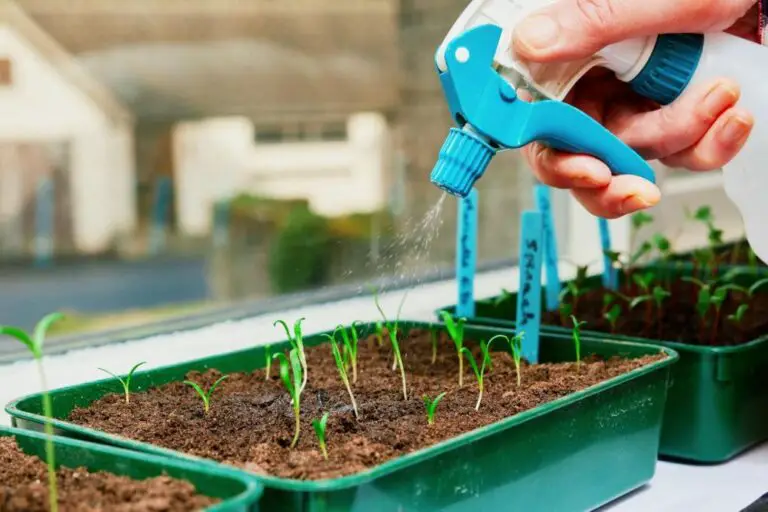Are There Male and Female Brussel Sprouts? Self Pollinating?
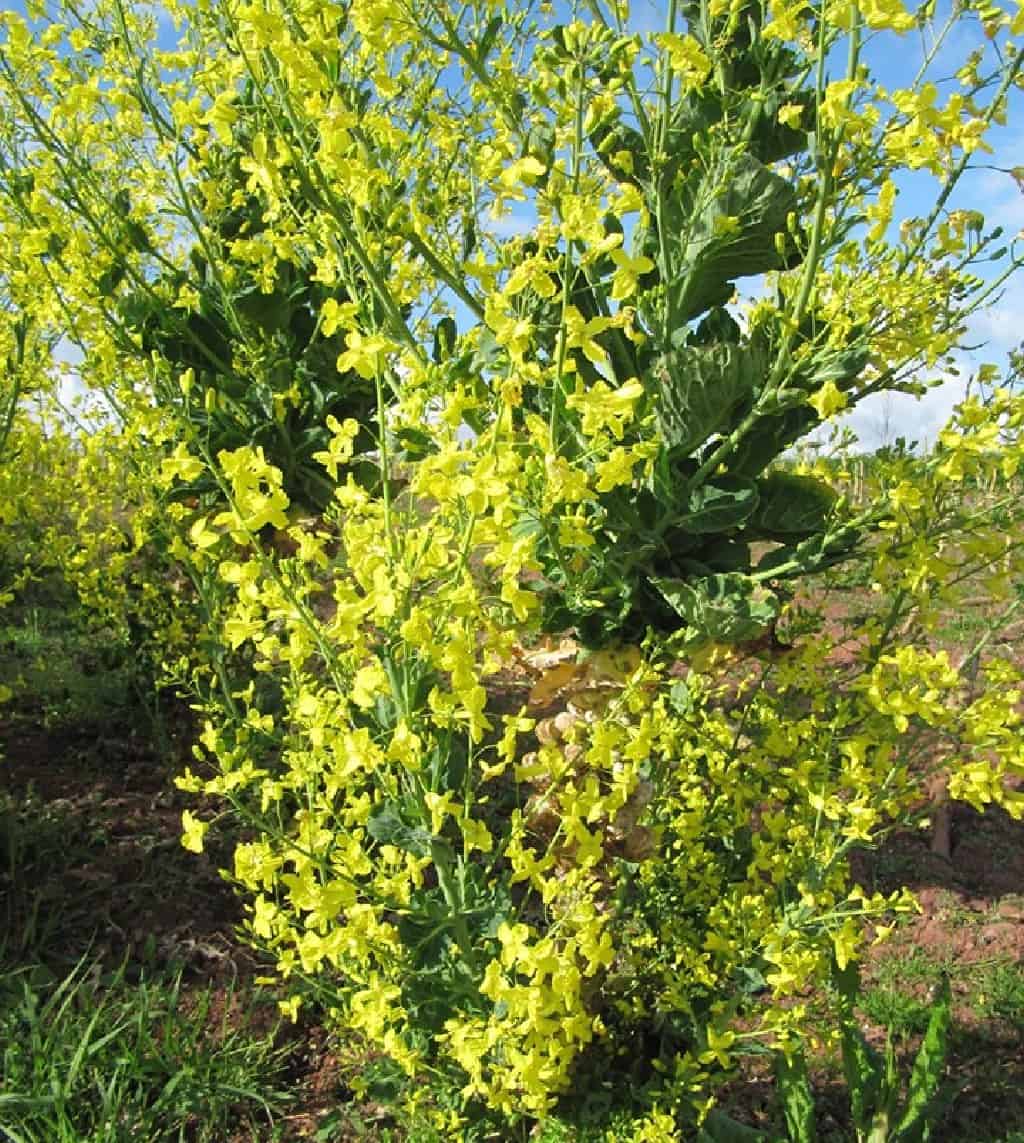
Have you ever wondered about the secrets behind the reproduction of Brussels sprouts? Are there distinct male and female plants? And do they possess the remarkable ability to self-pollinate?
Prepare to delve into the captivating world of Brussels sprout biology and uncover the mysteries surrounding their gender dynamics and pollination process. In this article, we’ll embark on a journey of discovery to understand the intricate workings of Brussels sprout reproduction.
We’ll explore whether these delectable vegetables have male and female counterparts, and whether they rely on self-pollination or external assistance to propagate. Get ready to uncover the hidden truths and fascinating mechanisms behind the growth of Brussels sprouts.
So, let’s dig in and unlock the enigma surrounding the gender roles and pollination habits of these petite cruciferous delights!
Male and Female Brussel Sprouts Flowers
In the realm of Brussels sprouts, there isn’t a clear distinction between male and female plants, as seen in some other plant species. Instead, Brussels sprouts are classified as “perfect” flowers, meaning they possess both male and female reproductive parts. These flowers have stamens (male parts) and pistils (female parts), allowing them to self-pollinate under certain conditions.
- Male Stamens: The stamens are the male reproductive organs of the flower, consisting of the filament and anther. The anther produces pollen, which carries the male genetic material necessary for fertilization.
- Female Pistils: The pistils are the female reproductive organs of the flower, consisting of the stigma, style, and ovary. The stigma captures pollen, and the style delivers it to the ovary, where fertilization occurs.
Understanding Brussels Sprout Reproduction
Brussels sprouts, being angiosperms, belong to a group of plants that have flowers as their reproductive organs. Understanding the concept of male and female Brussels sprout plants requires delving into the basics of plant reproduction and the specific mechanisms involved in the pollination process.
The flowers of Brussels sprouts are responsible for their reproduction. These flowers consist of various structures that play distinct roles in the reproductive process. Like already mentioned earlier, Brussel sprout reproduction is consists of male stamens and female pistils
The process of pollination occurs when pollen grains from the stamen reach the stigma of the pistil. This can happen through various mechanisms, including wind, insects, or other pollinators. In the case of Brussels sprouts, they are typically insect-pollinated, relying on bees, butterflies, or other insects to transfer pollen between flowers.
Once the pollen lands on the stigma, it begins to germinate, sending out a pollen tube through the style. This pollen tube acts as a conduit for the sperm cells to travel from the pollen grain to the ovary. The sperm cells then fertilize the ovules within the ovary, leading to the development of Brussel sprouts seeds.
In Brussels sprouts, the formation of the edible sprouts occurs as a result of specialized leaf structures that grow in a tight spiral around the stem. These sprouts are essentially underdeveloped flower buds that are harvested before they fully open and produce flowers. The plant directs its energy towards producing these sprouts rather than investing in flower and seed production.
Are There Male and Female Brussel Sprouts?
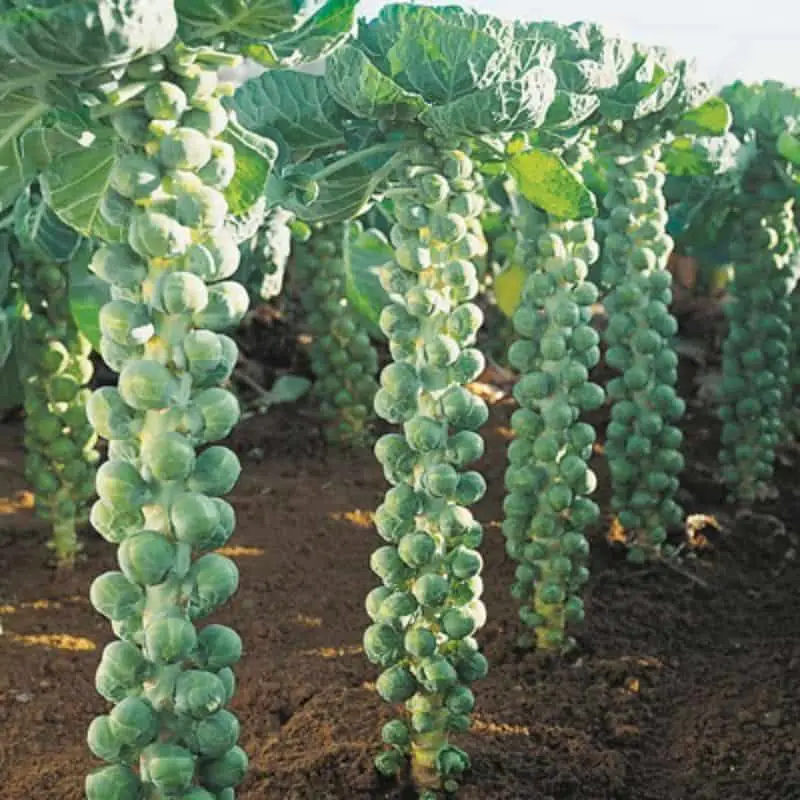
Brussels sprouts, like their botanical brethren, belong to the magnificent Brassica oleracea family, which also includes cabbage, broccoli, and kale. Within this family, the plants exhibit a remarkable characteristic known as “monoecy,” a botanical term that captures the coexistence of male and female reproductive structures on the same plant.
The concept of male and female Brussels sprout plants, therefore, does not revolve around separate individuals but rather the presence of both male and female organs on the same plant.
In contrast to other plant species where distinct male and female plants exist, Brussels sprouts embody a botanical harmony where each plant is a testament to the coalescence of reproductive prowess.
Understanding the Process of Pollination in Brussel Sprouts
Pollination is the transfer of pollen from the stamen (the male part of the flower) to the pistil (the female part of the flower). In Brussel sprouts, this process occurs through both self-pollination and cross-pollination.
Self-Pollination vs. Cross-Pollination
Now, let’s explore whether Brussels sprouts are capable of self-pollination or if they rely on cross-pollination for successful reproduction.
1. Self-Pollination
Self-pollination occurs when the pollen from the anthers of a flower is transferred to the stigma of the same flower or another flower on the same plant. While some plants are self-pollinating, Brussels sprouts are not typically known for their ability to self-pollinate.
2. Cross-Pollination
Cross-pollination occurs when pollen from the anthers of one plant is transferred to the stigma of another plant. This process allows for genetic diversity and the exchange of genetic material between different plants.
Brussels sprouts are primarily cross-pollinated, meaning they rely on external agents, such as insects or the wind, to transfer pollen between flowers on different plants. Cross-pollination increases the likelihood of genetic variation, which can be beneficial for the overall health and adaptability of the Brussels sprout population.
Factors Influencing Successful Pollination in Brussel Sprouts
Several factors influence the success of pollination in Brussel sprouts. These include:
- Proximity of Plants: The closer the Brussels sprout plants are to one another, the greater the chance of successful cross-pollination. Planting multiple Brussels sprout plants in close proximity can increase the likelihood of pollen transfer.
- Presence of Pollinators: Insects, such as bees, butterflies, and other pollinators, play a crucial role in transferring pollen between Brussels sprout flowers. Having a diverse and abundant population of pollinators in your garden can greatly enhance the pollination process.
- Environmental Conditions: Weather conditions, such as wind, can affect the movement of pollen. A gentle breeze can aid in the transfer of pollen between plants, while strong winds may hinder the process.
- Timing: The timing of flowering is essential for successful pollination. Brussels sprouts typically produce flowers in the late summer or early fall. Ensuring that the male and female flowers are in bloom at the same time increases the chances of effective cross-pollination.
- Plant health: Healthy plants with vibrant flowers are more likely to attract pollinators.
By understanding these factors, gardeners can take steps to create an environment that maximizes the chances of successful pollination on their Brussel sprout plants.
How Brussel Sprouts Self-Pollinate and the Importance of Cross-Pollination
As mentioned earlier, Brussel sprouts possess both male and female reproductive parts within their flowers. This unique characteristic allows them to self-pollinate. Self-pollination occurs when the pollen from the stamen lands on the pistil of the same flower or within the same plant.
In this process, the pollen grains travel from the anther (part of the stamen) to the stigma (part of the pistil), facilitating fertilization and seed development.
However, self-pollination isn’t the only method by which Brussel sprouts reproduce. Cross-pollination, where pollen from one flower is transferred to another flower, also plays a significant role. Cross-pollination introduces genetic diversity, which can lead to stronger and more adaptable plants.
Genetic Implications of Cross-Pollination in Brussel Sprouts
Cross-pollination in Brussels sprouts, like in many other plants, plays a significant role in generating genetic diversity. Cross-pollination occurs when pollen from one plant is transferred to the stigma of a flower on another plant, leading to the fusion of genetic material and the formation of seeds with different genetic combinations.
The process of cross-pollination in Brussels sprouts can result in the development of plants with unique traits. These traits can include variations in plant height, leaf structure, sprout size and shape, coloration, and flavor profiles. This genetic diversity is crucial for plant health and resilience, as it allows for a broader range of adaptive responses to changes in environmental conditions.
One of the primary benefits of cross-pollination is the potential for increased resistance to pests and diseases. By introducing new genetic material through cross-pollination, Brussels sprouts can acquire genes that confer resistance to specific pests or pathogens. This genetic diversity acts as a natural defense mechanism, reducing the reliance on chemical pesticides and promoting sustainable farming practices.
Additionally, cross-pollination plays a vital role in increasing Brussel sprout crop yields. By combining desirable traits from different plants, breeders can develop new varieties of Brussels sprouts that possess superior agronomic characteristics. For example, they may aim to create plants that produce larger and more uniform sprouts, have a longer harvesting period, or exhibit better tolerance to adverse environmental conditions such as drought or temperature extremes.
These improved varieties can enhance productivity and profitability for farmers, as well as provide consumers with higher-quality produce.
Moreover, cross-pollination facilitates the process of plant breeding by introducing novel genetic variations. Breeders can deliberately cross-pollinate different Brussels sprout plants to create hybrid offspring that possess desirable traits from both parent plants. Through subsequent generations of selection and breeding, breeders can develop stable, high-performing cultivars that meet specific market demands.
The genetic implications of cross-pollination in Brussels sprouts, therefore, offer breeders a valuable tool in their efforts to create improved plant varieties.
Tips for Promoting Pollination in Your Brussel Sprout Garden
To ensure optimal pollination in your Brussel sprout garden, here are some tips to keep in mind:
- Plant a variety of Brussel sprout cultivars: Different cultivars flower at slightly different times, increasing the chances of cross-pollination.
- Attract pollinators: Create a pollinator-friendly environment by growing nectar-rich flowers alongside your Brussel sprouts. This will encourage bees and other beneficial insects to visit your garden.
- Avoid using insecticides during flowering: Insecticides can harm or deter pollinators. If pest control is necessary, choose bee-safe alternatives and apply them outside of peak pollination times.
- Maintain plant health: Healthy, vigorous plants produce more attractive flowers, which are more likely to attract pollinators.
- Consider hand pollination: If you want to ensure cross-pollination between specific plants, you can manually transfer pollen from the stamen of one flower to the stigma of another using a small brush or cotton swab.
Remember, successful pollination is crucial for the development of Brussel sprouts. By implementing these strategies, you can increase the likelihood of bountiful harvests and robust plants in your Brussel sprout garden.
Role of Insects and Wind in Pollinating Brussel Sprouts
While Brussel sprouts are capable of self-pollination, they also rely on external agents, such as insects and wind, to enhance pollination. Insects, particularly bees, play a vital role in transferring pollen from one flower to another.
Bees are attracted to the flowers’ nectar and inadvertently collect and deposit pollen as they move between plants. Wind, on the other hand, can carry pollen grains from one flower to another, facilitating cross-pollination.
Importance of Bees in Pollinating Brussel Sprouts and Ways to Attract Them
Bees are the primary pollinators for Brussel sprouts, and their role in the garden cannot be overstated. By attracting bees to your garden, you increase the likelihood of successful pollination and ultimately improve your Brussel sprout harvest. Here are a few ways to attract bees:
- Plant bee-friendly flowers that provide nectar and pollen as food sources.
- Avoid using pesticides harmful to bees.
- Provide nesting sites, such as bee houses or undisturbed areas of bare soil.
Remember, creating a bee-friendly environment not only benefits your Brussel sprouts but also supports the overall health of pollinators.
Conclusion
In conclusion, Brussel sprouts possess both male and female reproductive parts within their flowers, allowing them to self-pollinate. However, cross-pollination plays a crucial role in introducing genetic diversity and improving overall plant health. To promote pollination in your Brussel sprout garden, you can employ planting strategies, attract pollinators like bees, avoid pesticides during flowering, and use gentle shaking or tapping techniques.
The impact of pollination on Brussel sprout yield and quality is significant. Proper pollination ensures the development of well-filled and flavorful sprouts, while insufficient pollination can lead to smaller or misshapen sprouts. Therefore, understanding the pollination process and implementing strategies to encourage pollination is essential for successful Brussel sprout cultivation.
FAQs
Do Brussel sprouts have male and female plants?
Brussel sprouts have perfect flowers, which means each flower contains both male and female reproductive parts.
Do Brussel sprouts self-pollinate?
Yes, Brussel sprouts can self-pollinate, but cross-pollination also occurs naturally and offers genetic diversity.
What is the importance of cross-pollination in Brussel sprouts?
Cross-pollination introduces genetic diversity, leading to stronger plants with desirable traits and improved crop yields.
How can I promote pollination in my Brussel sprout garden?
You can promote pollination by grouping plants together, attracting pollinators like bees, avoiding pesticides during flowering, and using gentle shaking or tapping techniques.
What is the impact of pollination on Brussel sprout yield and quality?
Proper pollination ensures the development of well-filled and flavorful sprouts, while insufficient pollination can result in smaller or misshapen sprouts.
Why are bees important for pollinating Brussel sprouts?
Bees are highly effective pollinators for Brussel sprouts. They transfer pollen between flowers, enhancing the chances of successful pollination and improving overall yield and quality.
How can I attract bees to my garden?
You can attract bees by planting bee-friendly flowers, avoiding pesticides harmful to bees, and providing suitable nesting sites such as bee houses or areas of bare soil.


